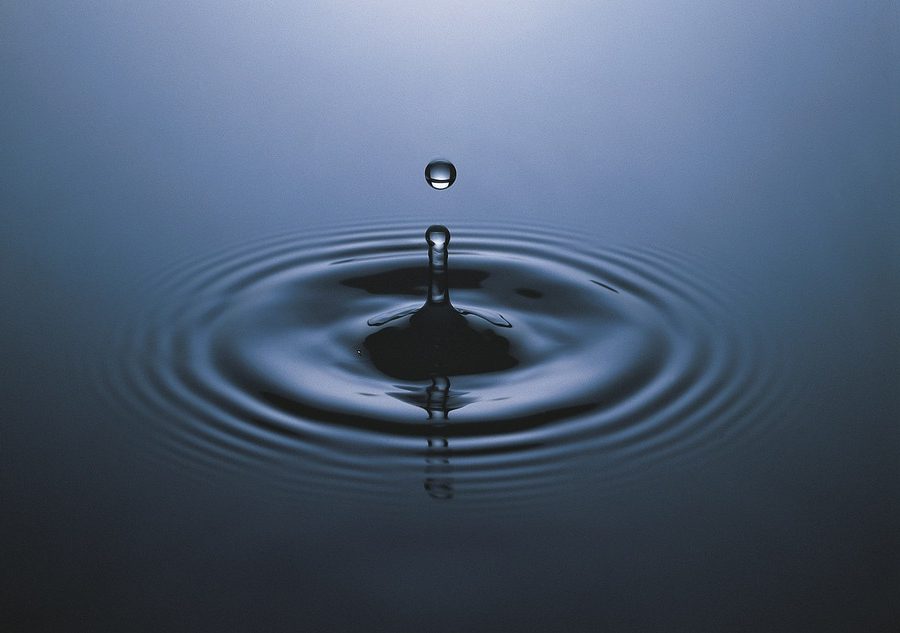
by Tory Toogood for AWARE Women’s Health
We never talk much about our bladders, do we? We learn habits in childhood from our parents, which we then teach our kids, without much real knowledge as to what is healthy for our bladder. So here is a brief summary of what’s normal, and what’s not.
The bladder is a stretchy, muscular storage bag that has two jobs – to store urine (the storage phase) and to empty at socially appropriate times (the emptying phase). Being a muscle, the bladder slowly expands as it fills with urine produced by the kidneys. The pressure within the bladder doesn’t rise at it fills, unlike a balloon. When the amount of urine has reached a ‘good’ volume, we often get a message from the bladder to the brain letting us know that we are part way full. We usually ignore this message, and wait until an appropriate time to go to the toilet to empty the bladder. A while later – perhaps an hour later- a stronger message from the bladder to the brain indicates some fullness of the bladder. This feeling of comfortable fullness is easily tolerated and our bladder stays relaxed and in storage mode until we are sitting on the toilet with our pants down and the brain tells the bladder to empty.
Problem number 1- Urgency
Any feeling of an insistent or uncontrollable urgency is not normal. Furthermore, if you repeatedly experience this irresistible feeling of urgency, it is likely that you will get into the habit of going to the toilet at the first sensation from the bladder – going to the toilet ‘just in case’. In time, this habit can cause the bladder to lose its stretchiness, prevent it from ever filling up properly, and a smaller bladder volume may result- which makes the urgency problem worse. It’s a bit of a vicious circle.
Speak to your doctor or pelvic floor physio or see one of our specialists at AWARE Women’s Health for more advice if you suffer from very strong bladder urgency.
Problem number 2- Obstructed voiding
Once seated on the loo, the bladder muscle contracts and empties the bladder of urine. We don’t need to ‘push’ to start the flow, to keep it going, or to finish. It is usually a ‘good’ stream, not slow, nor having a more staccato / ‘stop / start’ pattern to emptying.
If your bladder does not empty easily and completely, you should speak to your doctor or one of our specialists at AWARE Women’s Health and have an examination and assessment made. Obstructed voiding can be caused by vaginal prolapse and can be treated by fixing the prolapse.
Problem number 3- Incontinence
We hear terms like ‘light bladder leakage’ and think that it’s normal to leak, especially after having a baby. Unfortunately, ‘LBL’ is incontinence and incontinence isn’t normal, although it is common. Fortunately, there is much that can be done to treat it, depending on the cause.
Most often, and in general terms, incontinence is the result of the bladder muscle being too tight (urge incontinence), or the pelvic floor muscles that close off the neck of the bladder being too weak (stress incontinence), or both.
To overcome incontinence, you may need to learn how to do pelvic floor muscle exercises properly with the help of a pelvic floor physio, you may need to modify how much you are drinking, you may benefit from some bladder training to get the brain back in charge of the bladder, or you may need medication or surgery. The team at AWARE Women’s Health can help you with any and all of these!
The Bladder Diary
Measuring the output of your bladder is a very important step in working out how normal your bladder behavior is. We have a bladder diary amongst the forms available on the AWARE Women’s Health website, which our doctors or physio may ask you to complete. You can download our bladder diary here.
Bladder Function- What’s Normal?
Most of us should drink 1500 – 2000ml per day, including all liquids – tea, coffee, soup, juice, alcohol and water. Drinking more than this can overload our urinary system, making symptoms of urgency or leakage far worse.
Typical day time volumes of urine passed each time we go to the toilet are 250 -400ml, with 500 – 600ml overnight. It is typical to void about 5-6 times during the day and 0-1 times overnight, plus an extra one if you are pregnant or post- menopausal.
Find out more about Tory by clicking here.


Leave a Reply